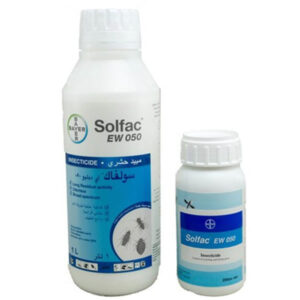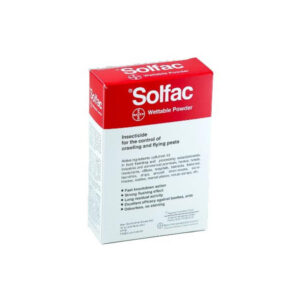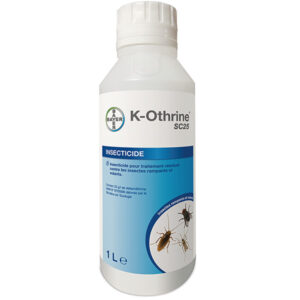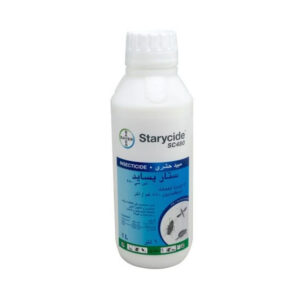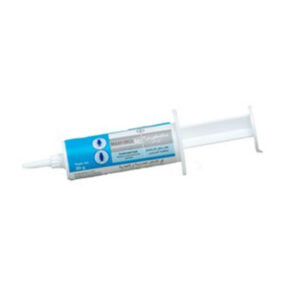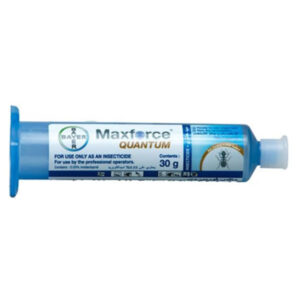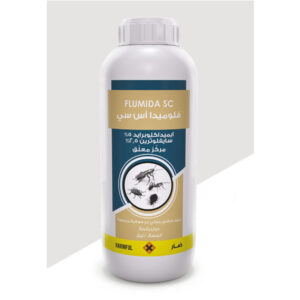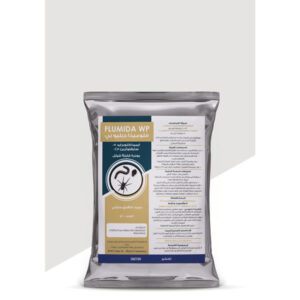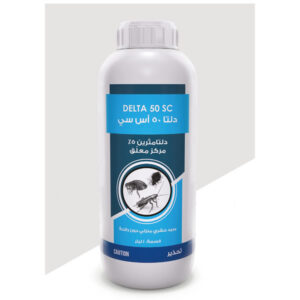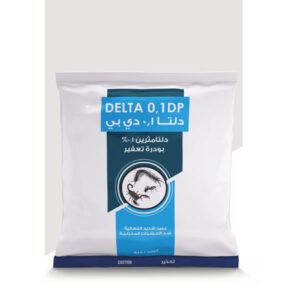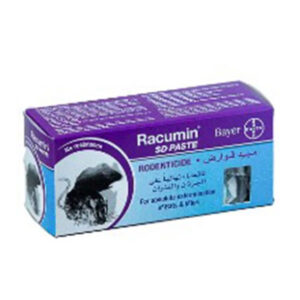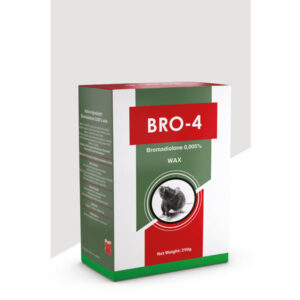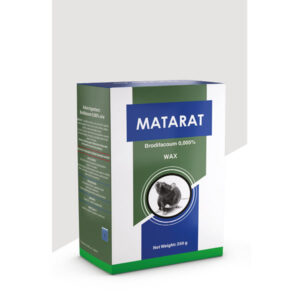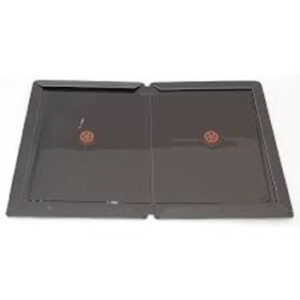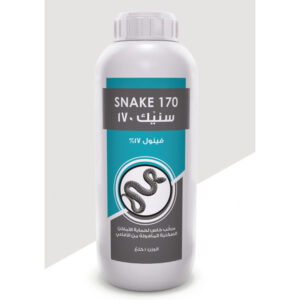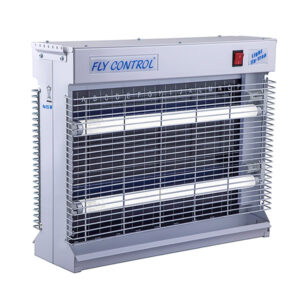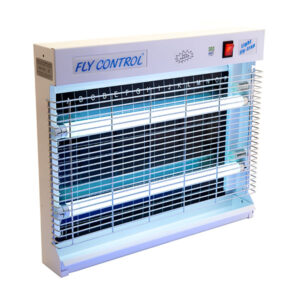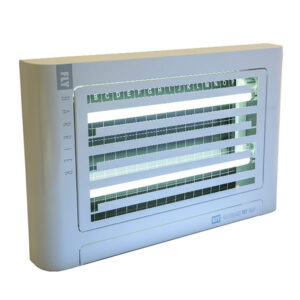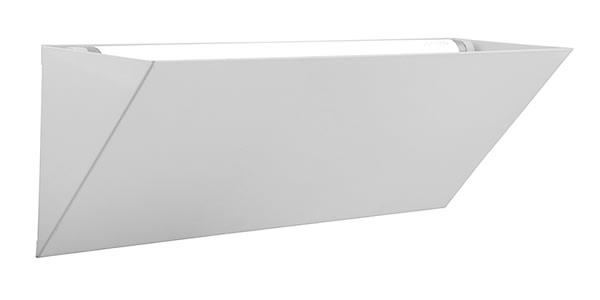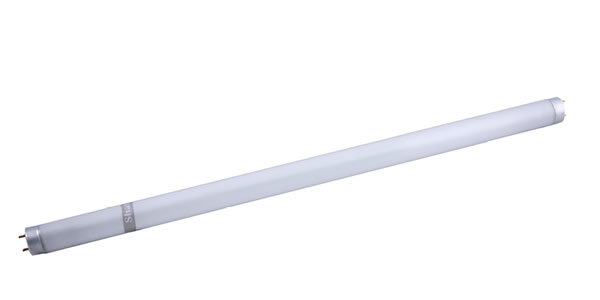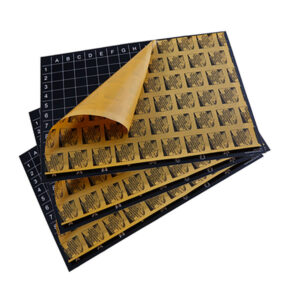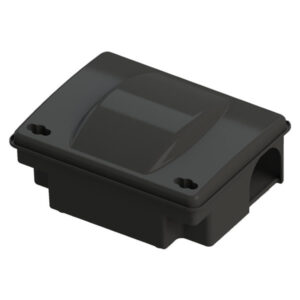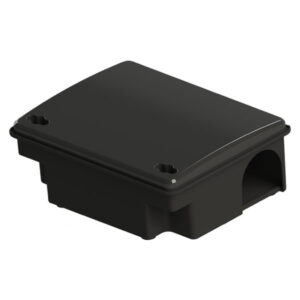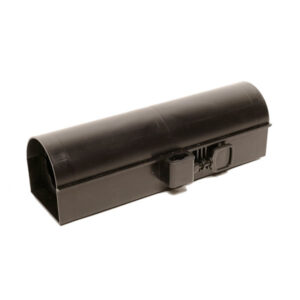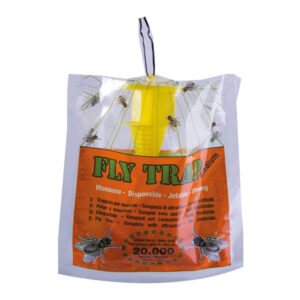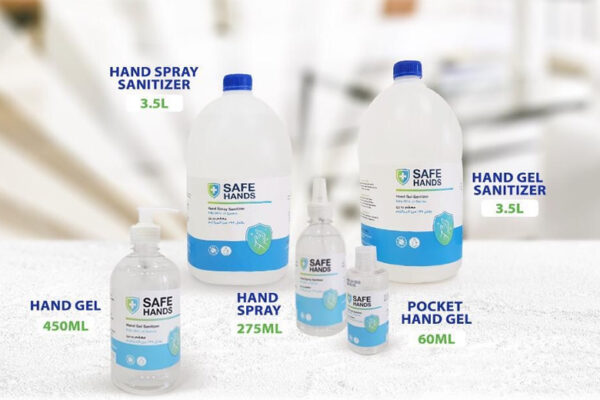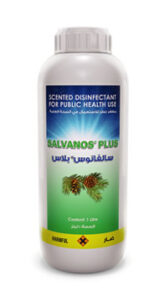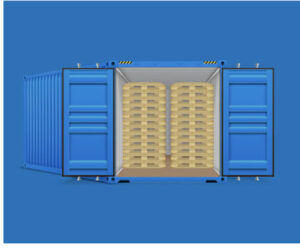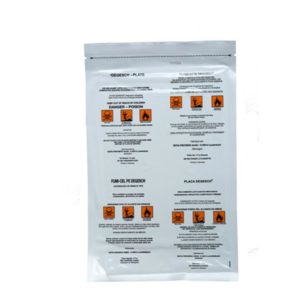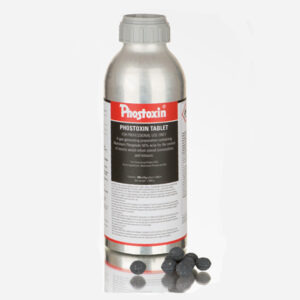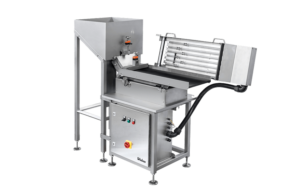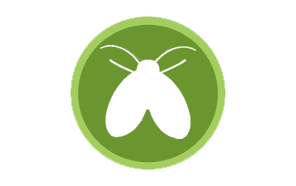
Drain flies (also known as moth flies) sometimes appear suddenly and mysteriously, becoming a nuisance in homes, rest rooms of commercial buildings, sewage disposal plants and agricultural facilities that handle moist animal waste. Adult flies may become so numerous indoors that they congregate at windows, darken lamp shades at night and fall into food. They may also accumulate around showers, bathtubs, sinks and floor drains, especially in the basement. Restaurants, schools and other public buildings may be avoided when drain flies are a nuisance. Outdoors they can be a public nuisance by getting into the eyes, ears and nose of people; getting stuck in fresh paint; and plugging sewage filter beds (intakes and drains). Bronchial asthma can be caused by inhaling fragments and dust of dead flies. Since these flies originate in filthy conditions, there is the possibility of physical transmission of microbes of human health concern.
Species characteristics:
Psychodidae, called drain flies, sink flies, filter flies, sewer flies, or sewer gnats, is a family of true flies. Some genera have short, hairy bodies and wings giving them a “furry” moth-like appearance, hence one of their common names, moth flies.
There are more than 2,600 described species worldwide, most of them native to the humid tropics. This makes them one of the most diverse families of their order.
Drain flies sometimes inhabit plumbing drains and sewage systems, where they are harmless, but may be a persistent annoyance.
Life cycle:
The larvae of the subfamilies Psychodinae, Sycoracinae and Horaiellinae live in aquatic to semi-terrestrial or sludge-based habitats, including bathroom sinks, where they feed on bacteria and can become problematic. The larvae of the most commonly encountered species are nearly transparent with a non-retractable black head and can sometimes be seen moving along the moist edges of crevices in shower stalls or bathtubs or submerged in toilet water.
he larval form of the moth fly is usually between 4 and 5 mm (0.16 and 0.20 in) long, and is shaped like a long, thin, somewhat flattened cylinder. The body lacks prolegs, but the body segments are divided into a series of rings called annuli (singular is annulus). Some of these rings will have characteristic plates on the dorsal side.
Drain fly as pest:
The drain flies which are commonly found in bathrooms are not known to carry any human diseases, but have been known to be an opportunistic agent of myiasis.





















